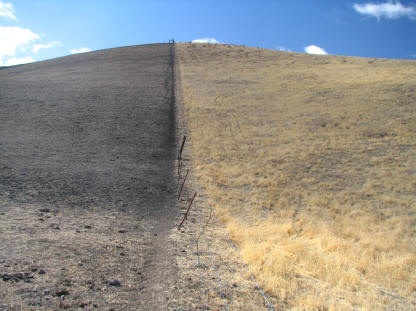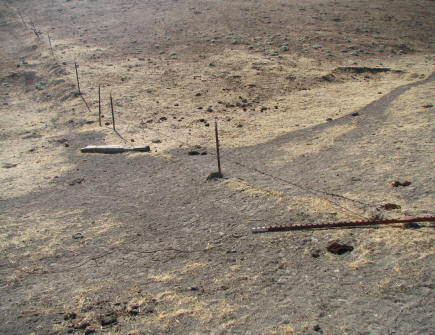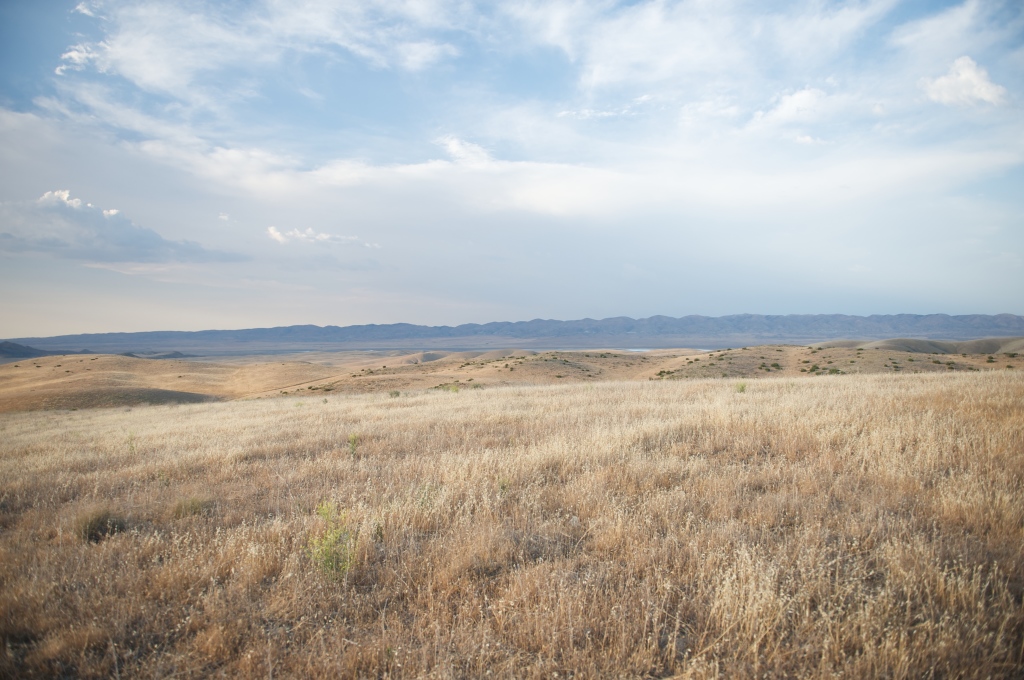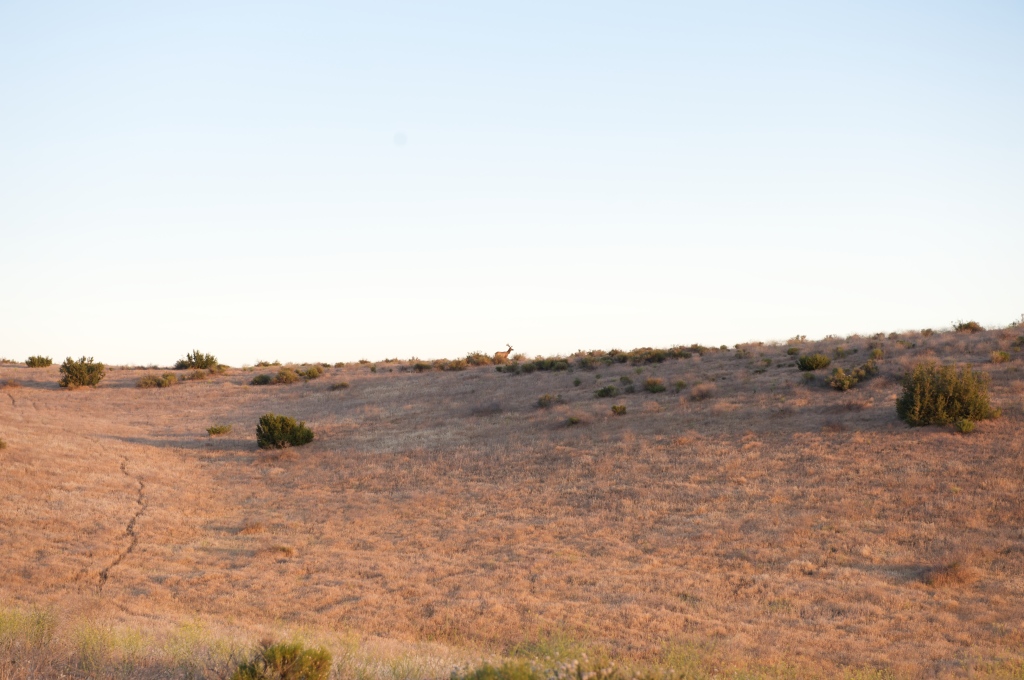Commercial Livestock Grazing is Indefinitely Suspended in a SLO County Wildlife Preserve
San Luis Obispo County, Calif. – For the first time in decades, commercial livestock grazing will not be allowed anywhere in the Carrizo Plain Ecological Reserve, a 30,000-acre wildlife preserve in San Luis Obispo County adjacent to the Los Padres National Forest and the Carrizo Plain National Monument.
The California Department of Fish & Wildlife – the agency charged with managing the reserve – has decided not to renew a long-standing grazing lease after it expired last month. With no lease in place, grazing is indefinitely suspended on the Reserve, and Department officials have vowed to not allow grazing to resume until they first complete an overarching management plan for the Reserve.
The Reserve includes nearly 40,000 acres of ecologically sensitive habitat linking the Los Padres National Forest and the Carrizo Plain National Monument in southeastern San Luis Obispo County. The Reserve contains rare blue oak woodlands and native grasslands as well as some of the region’s only populations of Tule elk and pronghorn antelope. The Reserve also provides habitat for at least 26 sensitive, threatened, or endangered species including burrowing owl, San Joaquin kit fox, southwestern pond turtle, California red-legged frog, grasshopper sparrow, California jewelflower, and tri-colored blackbird.
But wildlife throughout the Reserve has suffered from years of intense overgrazing. A ForestWatch survey in 2009 discovered severe overgrazing across much of the Reserve, fencing in disrepair, trampled wetlands and springs, cattle trespassing into areas where the lease expressly prohibits grazing, and other unsatisfactory conditions resulting in severe environmental degradation of lands that were supposed to have been set aside for the protection of rare wildlife.

Overgrazed area (left) and ungrazed area (right) on the Carrizo Plain Ecological Reserve, October 2009.
ForestWatch then filed a lawsuit challenging the Department’s practice of approving grazing leases on the Reserve without first conducting environmental studies and without having a land management plan in place. As a result of the lawsuit, the Department agreed to prepare such studies and to use a “good-faith effort” to finalize a management plan by 2012.
A management plan was first envisioned by the legislation establishing the Reserve in 2001, which required State officials to complete the plan by 2004. That plan has still not yet been finalized, and the Department has come under increasing public pressure to limit or eliminate livestock grazing across the Reserve pending the plan’s completion.

Fence in disrepair, allowing cattle to graze in prohibited areas Carrizo Plain Ecological Reserve, October 2009
Due to the ongoing delays in preparing the management plan, along with poor range conditions caused by overgrazing and the ongoing drought, the Department made the right move by indefinitely suspending livestock grazing until the management plan is complete, which is not expected until 2016 or later.
ForestWatch thanks the Department for hitting the pause button on livestock grazing in this ecologically sensitive area, allowing time for the land to recover from years of abuse and giving Department officials time to complete the Reserve management plan that will guide future land uses and public access throughout the Reserve. We will continue to urge Department officials to make progress on the management plan so that future decisions are guided by strong standards that recognize the important role that the Reserve plays in preserving our region’s rich biological diversity.


 Images Courtesy of the Chimineas Ranch
Images Courtesy of the Chimineas Ranch 





Comments are closed.